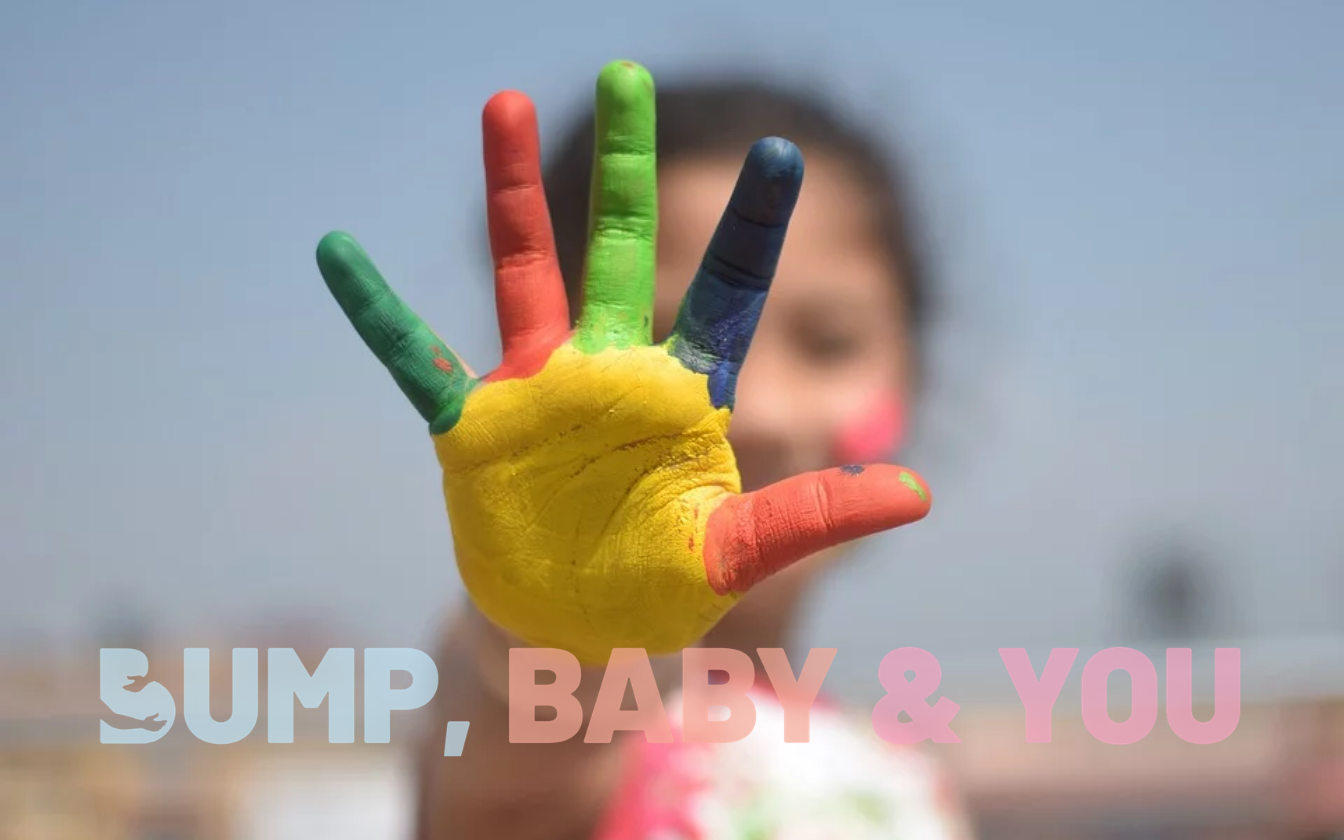.png)
.png)
It’s totally normal to worry about labour.
After all, you’ve never done it before and the idea of pushing a baby out of your lady bits can be a lot to wrap your head around. We’ll walk you through what to expect in labour, just keep in mind that just like pregnancy, every labour is unique.
Labour is in stages and although we’d love to predict how long they’ll last you never quite know.
The NHS says first labours usually last about 8 to 12 hours from the start of established labour to being fully dilated. Labour is the part when your body is actively getting ready to give birth, it can take days to get into established labour and it can take a while to sort you out after. If you’re being induced or having a C Section your timings can be quite different.
During labour you’ll go through different stages:
Early labour
Early labour is sometimes called the latent or slow phase and it can take hours or days for your contractions to build up. You can stay at home during this time. You might lose your mucus plug (a show) and although you might have contractions they won’t be in a pattern. Relax as much as you can and eat and drink normally. If your waters break or you notice your baby is moving less contact your midwife.
First stage of labour
This is when the action starts to happen. If your contractions last about 45-60 seconds, every 3-5 minutes you’re (probably) in established labour. Your cervix is thinning out and opening up.
Now’s the time to call the midwife and chat about when you’ll go into hospital (or they’ll come to you if you’re having a home birth). Once you get to the hospital you’ll be checked in. They’ll talk over your birth plan and check your baby’s heartbeat and position. They might ask to check how you’re progressing (you need to get to 10cm dilated to push) by examining inside your vagina.
Depending on how far along you are the midwife will discuss pain relief and encourage you to stay upright or walk. If you feel ok you can have a snack and keep drinking. If during your pregnancy the midwife or doctors identified any medical issues such as a risk of Group Strep B you might have a drip.
It’s also normal if the midwife asks to monitor your baby with a strap around your tummy.
As your labour moves on your contractions come thick and fast, almost on top of each other. You might be offered more pain relief and the midwife will regularly examine you and your baby.
As you get ready to push, it’s normal to make a lot of noise (or be totally silent), swear, cry and feel like you can’t do it, shout at your partner, and not want anyone to touch you. Weirdly these are all signs you’re about to give birth.
Second stage of your labour
Once you get to 10cm dilated your cervix is fully open and it’s go go go. It can take a couple of hours of pushing before your baby appears and you’ll be monitored all the way through.
If you’ve had an epidural you usually don’t feel pain so you might need some coaching to know when to push. We’re not going to lie, giving birth hurts. Your midwife and birth partner are there to help and support you. Your midwife will tell you what to do as your baby’s head comes out (crowning) so hopefully you don’t tear.
She might ask you to pant to slow down your baby’s exit. If you do tear or the midwife needs to do a little cut (episiotomy) on your perineum (the bit between your bottom and your vagina) you’ll be stitched up after.
Once your baby’s head is out they turn a bit, one shoulder comes out and the other, followed by their body. And your beautiful baby is here. They might get a quick wipe down before being passed to you for skin to skin contact. Their cord is clamped and cut (your birth partner can do this if they want to).
Third stage of your labour
Once your baby is out you need to deliver the placenta (after birth). If you’ve agreed they’ll inject you with oxytocin as your baby is born and the placenta should come out 5-20 minutes later (sometimes you need a little push or the midwife might gently pull on the cord). Some people prefer a natural third stage without the injection but this can take longer and cause more bleeding. If the placenta won’t come out they'll whip you off to surgery to sort it out. Your baby also gets a Vitamin K injection, to prevent a rare bleeding disorder.
When it’s all over
This really depends on how your labour has gone. You might get some time alone with your baby before the midwives do any stitching and cleaning up. Or they might need to do some more checks on you and keep an eye on your baby. They’ll help you with breastfeeding and hopefully get you that long-awaited post-birth tea and toast.
Found this useful? Read: What are the signs I’m in labour
Pregnant and want some help and support? Download the official Bump, Baby & You app today.


.png)








.png)